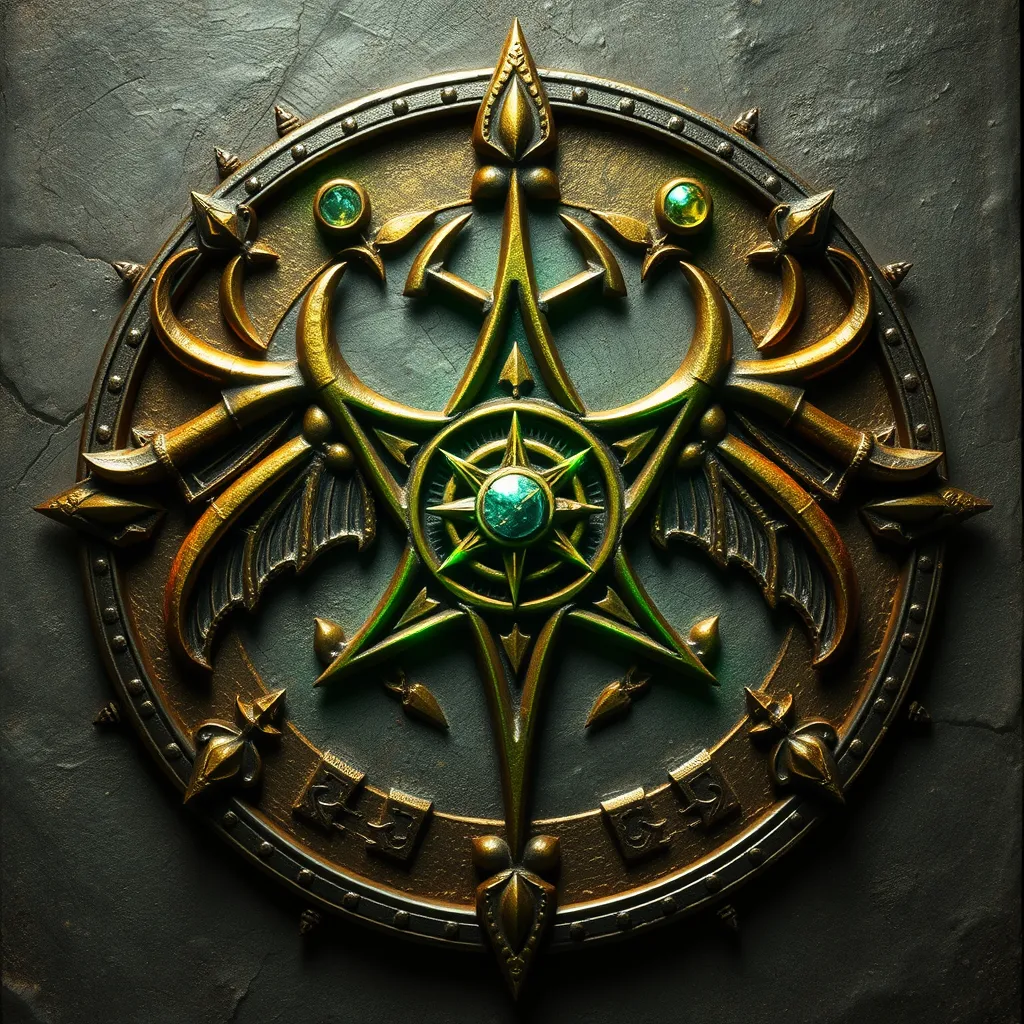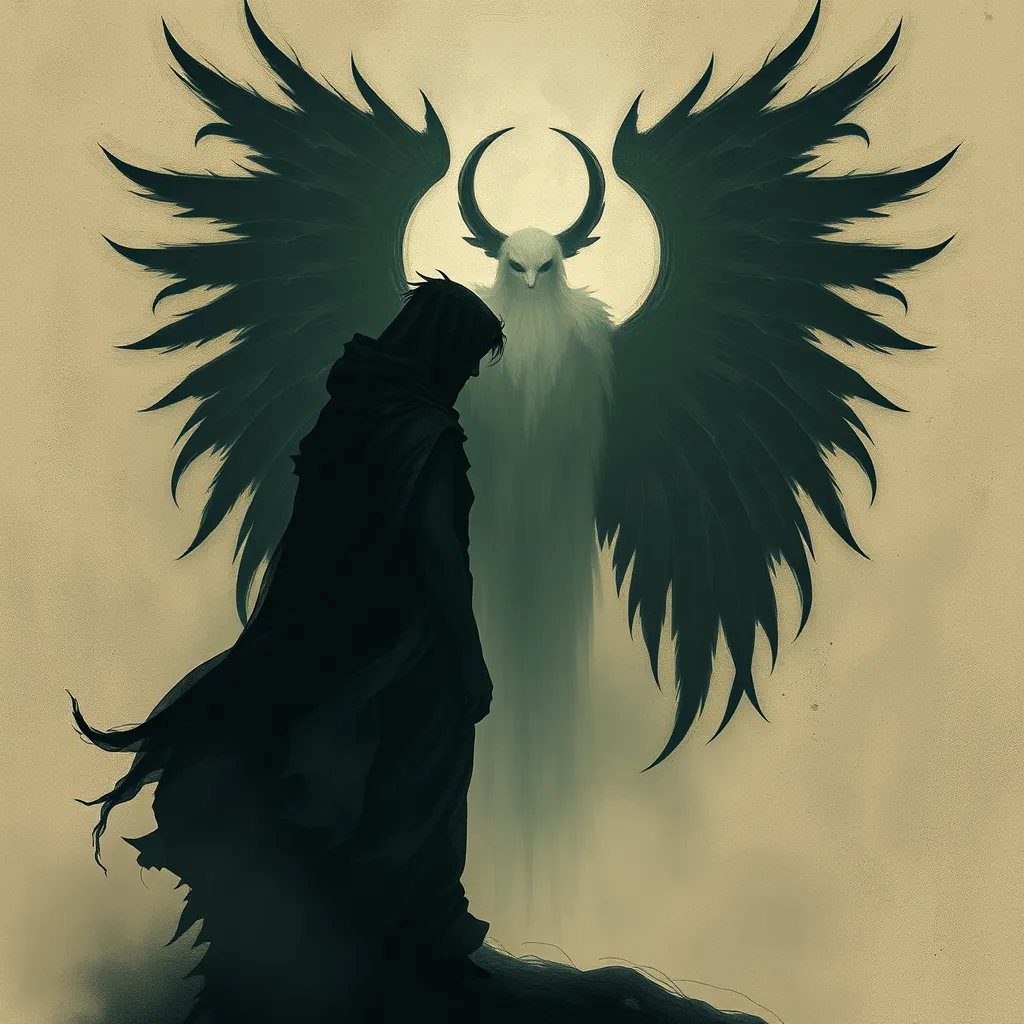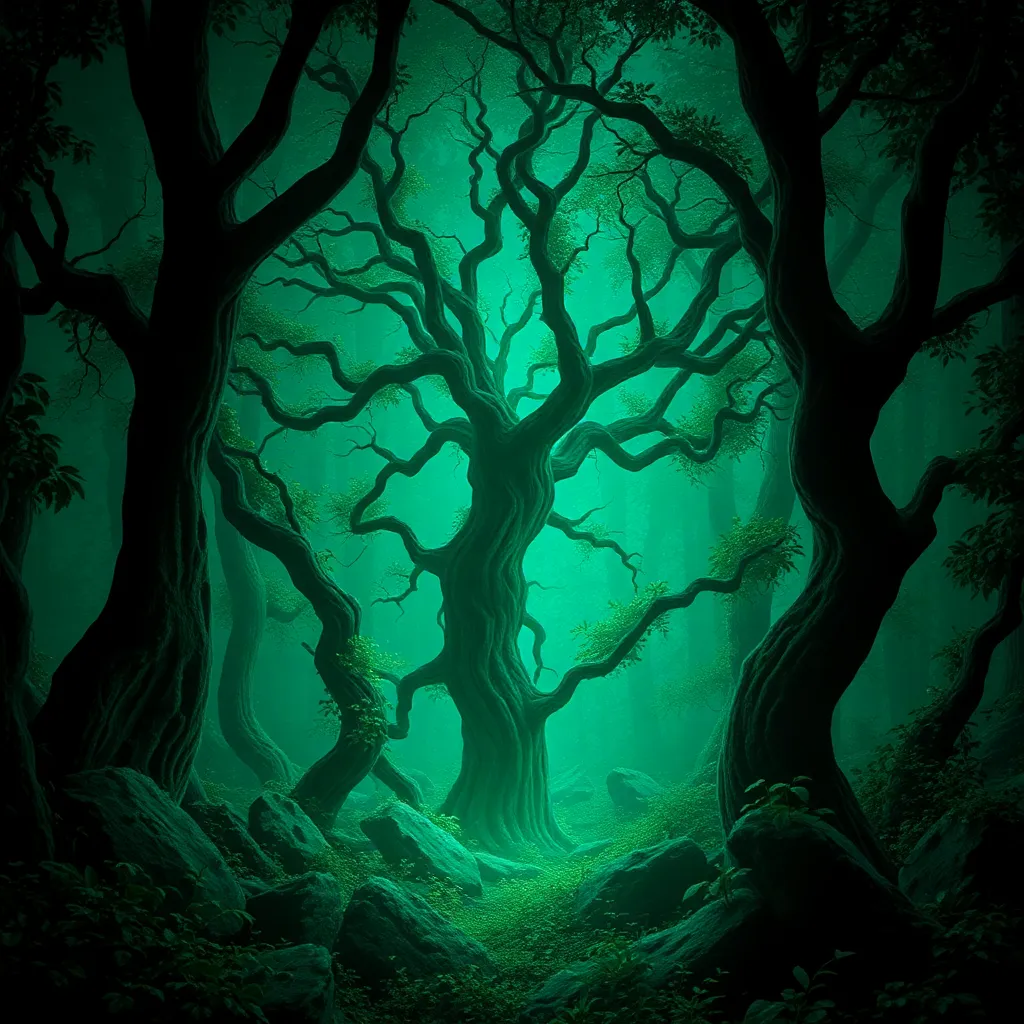Beyond the Mask: Unmasking the Many Faces of Oni in Japanese Folklore
I. Introduction
In Japanese culture, the term Oni refers to a type of demon or ogre, often depicted as fearsome creatures with horns, sharp claws, and vibrant skin colors. Their representation varies widely, from malevolent figures to misunderstood beings. These entities hold a significant place in Japanese folklore, embodying the complexities of human emotion and societal fears.
The significance of Oni extends beyond mere folklore; they are prevalent in popular culture, influencing various forms of media, art, and festivals. This article aims to explore the multifaceted nature of Oni, delving into their historical origins, physical attributes, cultural representations, psychological implications, and their enduring legacy in contemporary society.
II. Historical Origins of Oni
The concept of Oni has ancient roots in Japanese history, with some of the earliest references found in texts such as the Nihon Shoki (Chronicles of Japan) and the Konjaku Monogatari (Tales of Times Now Past). These texts illustrated Oni as malevolent spirits or demons that threatened humanity, often associated with natural disasters and misfortune.
Over the centuries, the characteristics of Oni evolved significantly. Initially depicted as brutish monsters, they gradually took on more complex attributes, reflecting changes in societal beliefs and fears. Key historical events, such as the introduction of Buddhism to Japan, influenced the representation of Oni, merging them with concepts of sin and punishment.
III. Physical Attributes and Symbolism
Oni are typically characterized by several common physical features, including:
- Horns: Usually protruding from their foreheads, horns signify their supernatural strength and otherworldly nature.
- Skin Color: Oni are often depicted with skin in varying hues, such as red, blue, or green, each color representing different traits or emotions.
- Claws and Fangs: These features emphasize their ferocity and predatory nature.
The symbolic meanings behind their appearances are deeply rooted in Japanese culture. For instance, red Oni are often seen as embodiments of passion and strength, while blue Oni may symbolize sorrow and melancholy. Regional variations also exist, where Oni may adopt different physical attributes or traits based on local beliefs and folklore.
IV. Oni in Japanese Folktales and Legends
Oni play pivotal roles in numerous Japanese folktales, often serving as both antagonists and protagonists. Some notable tales include:
- Momotaro: In this story, the hero Momotaro battles a group of Oni terrorizing his village, ultimately defeating them and bringing peace.
- Shita-kiri Suzume: This tale features a cunning sparrow who outsmarts an Oni, showcasing the cleverness of small creatures against brutish strength.
Through these stories, Oni embody moral lessons and cultural values, such as the importance of bravery, cleverness, and the consequences of greed and cruelty. Their presence often highlights the struggle between good and evil, serving as a reflection of societal fears and aspirations.
V. Oni in Contemporary Culture
In modern media, Oni have taken on new forms and interpretations, appearing in various anime, manga, and films. Their representations have shifted from purely fearsome demons to more relatable characters with depth and complexity.
Some examples of Oni in contemporary culture include:
- Anime: Series like Inuyasha and Yokai Watch feature Oni as characters that blend traditional traits with modern storytelling.
- Films: Productions such as Spirited Away showcase Oni-like creatures that exhibit a range of personalities, from malevolent to benevolent.
Additionally, Oni have become pop culture icons, especially during traditional festivals. Merchandise featuring Oni motifs is popular, making them accessible and appealing to new generations. This shift in perception allows for a more nuanced understanding of Oni, as they transition from symbols of fear to figures of fascination.
VI. The Psychological Interpretation of Oni
Oni can also be seen as representations of internal struggles and fears. In various psychological interpretations, they symbolize the darker aspects of human nature, such as anger, jealousy, and inner turmoil.
Analyzing Oni in dreams can reveal underlying emotions or conflicts. They may represent challenges that individuals face, serving as a metaphor for personal demons that need to be confronted.
The therapeutic potential of confronting one’s ‘Oni’ is significant. Engaging with these symbols can lead to greater self-awareness and emotional healing, allowing individuals to navigate their fears and insecurities.
VII. Oni Festivals and Traditions
Oni play a crucial role in several traditional Japanese festivals, most notably during Setsubun, which marks the beginning of spring. During this festival, people throw roasted soybeans to chase away Oni and invite good fortune into their homes.
Rituals and customs associated with Oni include:
- Bean-throwing: Participants throw beans while chanting “Oni wa soto! Fuku wa uchi!” (Demons out! Luck in!) to ward off evil spirits.
- Oni masks: Wearing Oni masks during celebrations symbolizes the recognition and confrontation of personal fears.
The community plays an integral role in honoring Oni through these traditions, fostering a sense of unity and collective strength against adversity.
VIII. Conclusion
In conclusion, the multifaceted nature of Oni reflects the complexities of human emotion, societal fears, and cultural values. From their historical origins to their contemporary representations, Oni continue to evolve, remaining relevant in today’s society.
The enduring legacy of Oni in Japanese folklore serves as a reminder of the rich tapestry of beliefs and narratives that shape cultural identities. As we explore the many faces of Oni, we gain insight into the universal themes of struggle, resilience, and the human condition.



